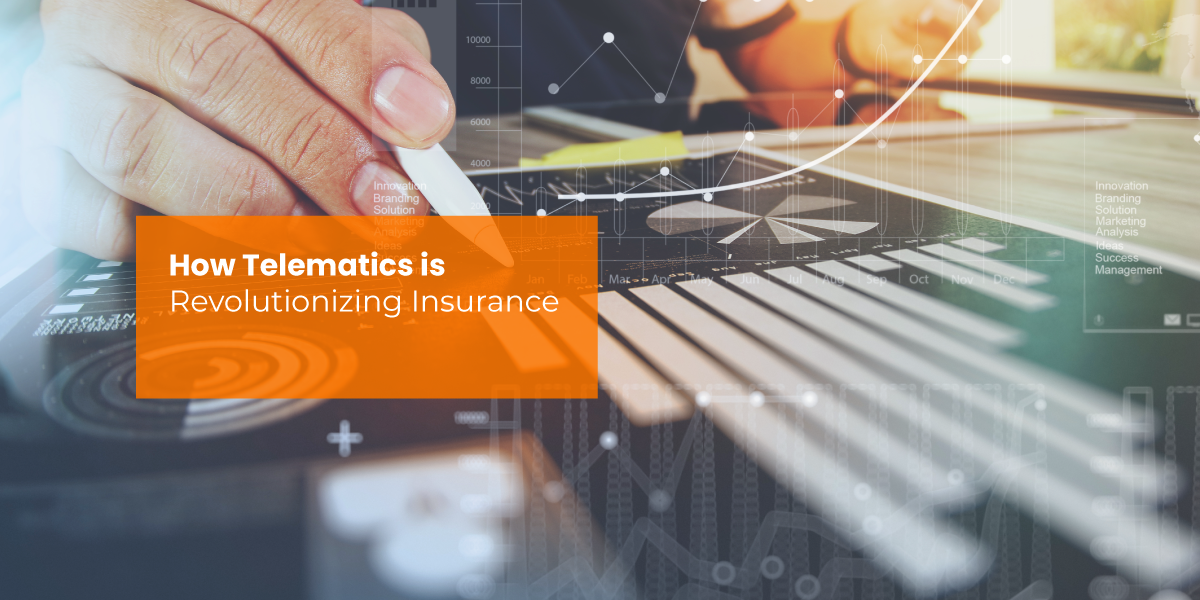
Technology is changing the user experience across industries, and insurance is no exception. Telematics is propelling the usage-based insurance (UBI) market. In fact, the UBI market is expected to grow at a compound annual growth rate of 36.4 percent between now and 2022. One survey found that currently there are 20 million active UBI policies in 58 countries. This technology is a win-win, providing drivers with decreased premiums and insurance companies with an accurate method of assessing risk.
The Technology: GPS
Telematics is a method of monitoring a vehicle, including cars, trucks, heavy equipment, and is even used to monitor ships. Think of GPS as the heart of the telematics system. Vehicle data is recorded in a telematics device (or a GPS receiver) called a black box that is normally hidden under the dashboard. The GPS can record just about any metric, depending on what electronics it is connected to.
SIM Card: Key to Connectivity
Once the GPS records valuable data, a SIM card and modem allow the device to communicate on a cellular network. The SIM is critical because telematics requires data to be collected in real-time, regardless of where the driver is located. This means data may be gathered using numerous cellular networks. The SIM must be capable of handling large amounts of data and switching networks quickly. If connectivity drops, insurers no longer have complete data on which to base their analytics. Connectivity is key to customer satisfaction.
Reliable Storage
Next, data is stored in the cloud and then brought into a fleet management software system where it is accessible by computer or mobile device. Insurance companies can view and analyze reports, and drivers can also gain access to critical data on their driving behaviors and the condition of their vehicles. What type of data is reported? Here's a sampling:
- Miles driven
- Speed
- Braking pressure
- Vehicle condition
- Fuel usage
- Weather factors
What Will Determine Premiums?
UBI, sometimes called "pay as you drive," means your customers' premiums are dynamic. As risk is lowered, so is their payment. Telematics uses granular data, or tiny bits of insight, to align driving behaviors with insurance premiums. Here's an example. Consider a driver who decides to start using public transportation or begins to work from home a couple days a week. This change is behavior is detected and their risk of being in a rush hour accident is lowered. That risk reduction will be immediately reflected in that month's premium.
Why Ecuador?
According to the World Insurance Report, Latin America has seen a rise in per-capita income while experiencing under-penetrated insurance markets in those emerging markets. Because of the high-demand for insurance, there's been plenty of opportunity for organic growth. However, this environment has resulted in insurance companies not focusing on the customer experience. The report concluded, "insurers must tap into new technologies to efficiently safeguard positive experiences across all customer segments." In other words, don't sit idly by assuming your customers will always be there.
"Customers expect fully digital companies," noted the report. Valued-added services and a customer-centric approach is key to growing an insurance company in these emerging markets. Telematics is not simply a way for insurers to monitor drivers. Many companies use the technology to add value. Drivers can access data through a mobile app that may tell them that their battery has low voltage or a tire is low. The GPS tracker can effectively be used for roadside assistance. The applications for this technology are nearly limitless.
Rely on a technology partner with experience in vehicular Internet of Things (IoT), as well as Ecuador. This region deserves to reap the benefits of this new way to pay for insurance, and insurers who invest in the technology deserve to dominate the market. Location World is a premier telematics partner. Contact us to learn more about how telematics is revolutionizing the insurance industry.